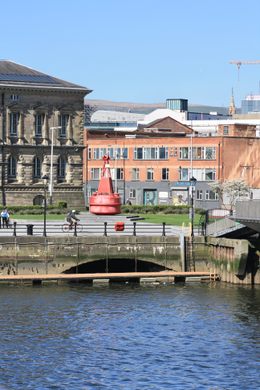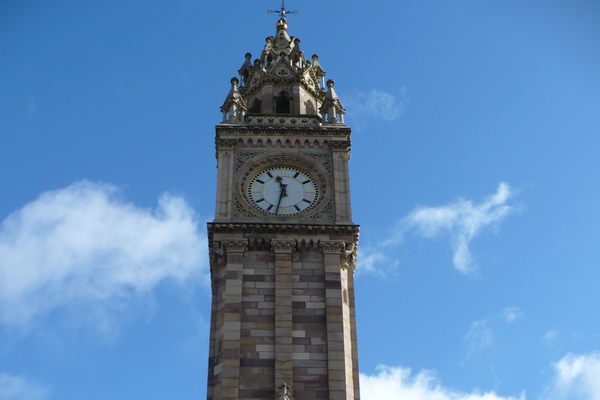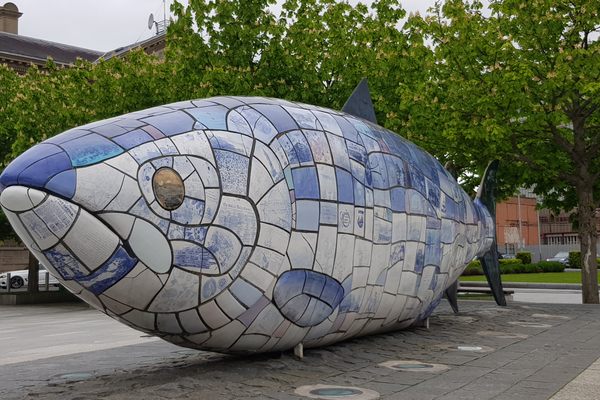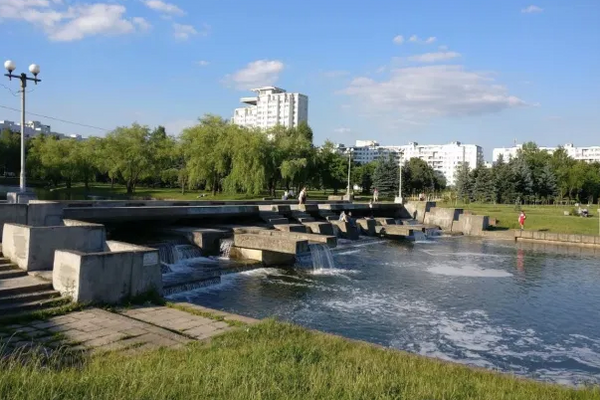River Farset
Belfast's namesake river still winds below the city center, hidden from sight.
One of Northern Ireland’s lost rivers still winds below the streets of Belfast. Though hidden from sight beneath centuries-old streets and structures, its mark still lingers above the city’s surface.
Belfast grew up around the River Farset, where it joined the River Lagan’s tidal reaches and formed a crossing point on a sandbank. This crossing, referenced in the medieval Annals of Ulster at the mouth of the River Farset, or Béal Feirste in Irish Gaelic, is what gave the surrounding settlement and ultimately the city its name.
So where is the River Farset today? The waterway still runs underneath High Street in the city center. Indeed, the street itself developed along the course of the river, giving it a distinctive, winding curve.
Quays along either side of the river formed the heart of Belfast’s merchant district in the 17th and 18th centuries. Though the docks and piers are long gone, evidence of their presence still remains. Skipper Street and Bridge Street are some of the obvious links to the past, as are the “entries,” which are narrow passageways connecting High Street and Ann Street that once housed merchants and their wares.
The original crossing place of the River Farset is believed to be near Saint George’s Church, which replaced a medieval structure in the 19th century. The river then flows under the Albert Clock —its soft, estuarine silt is responsible for the tower’s distinctive tilt. It then flows out into the River Lagan beneath the iconic Big Fish sculpture.


























Follow us on Twitter to get the latest on the world's hidden wonders.
Like us on Facebook to get the latest on the world's hidden wonders.
Follow us on Twitter Like us on Facebook